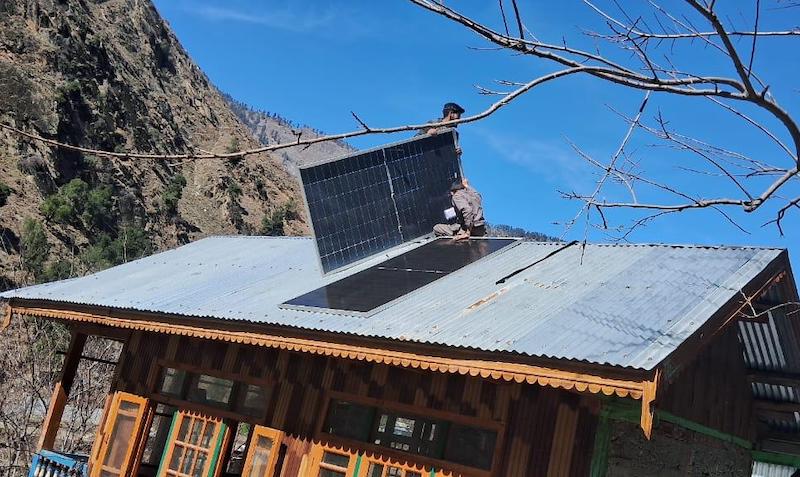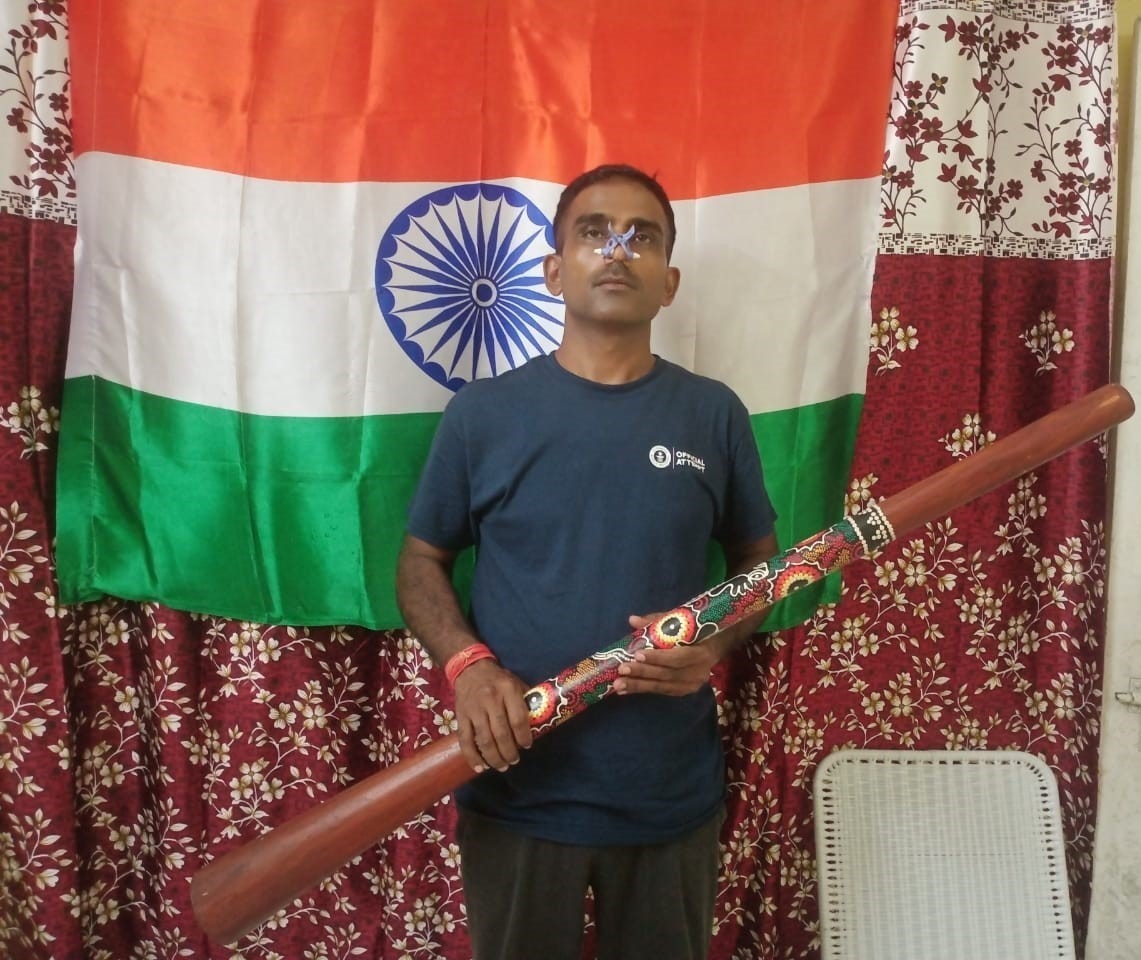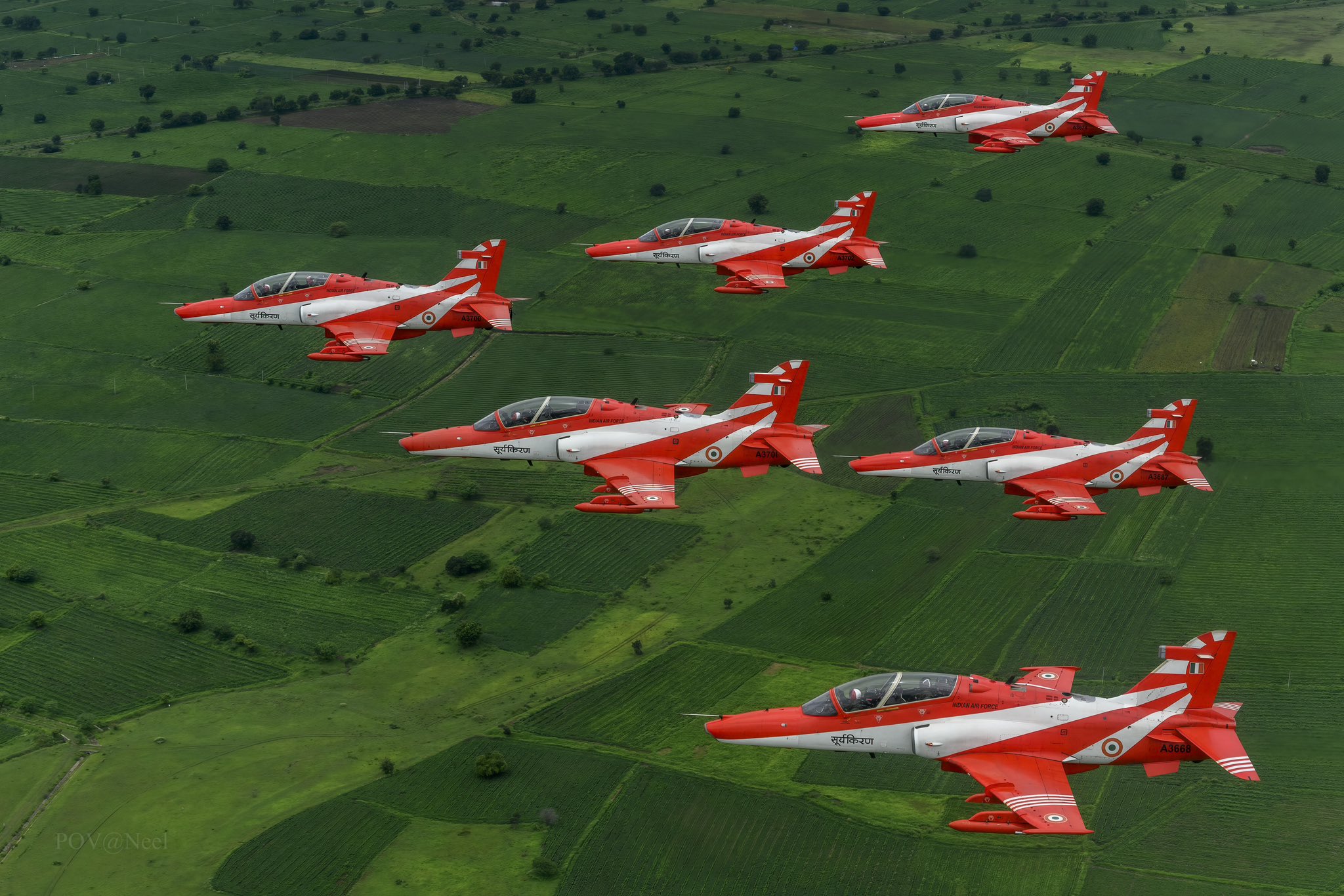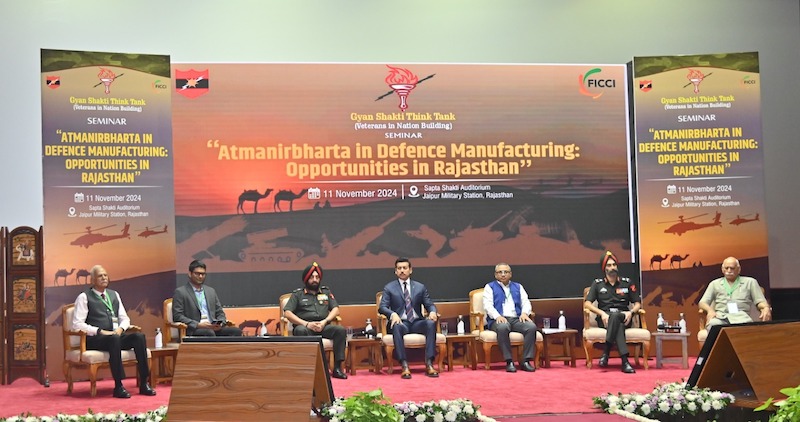 Chennai: Researchers at Indian Institute of Technology,Madras (IIT-M) have developed an Artificial Intelligence-powered drones for armed forces and law enforcement agencies to counter ‘rogue drones’ by hacking its GPS navigational systems.
Chennai: Researchers at Indian Institute of Technology,Madras (IIT-M) have developed an Artificial Intelligence-powered drones for armed forces and law enforcement agencies to counter ‘rogue drones’ by hacking its GPS navigational systems.
A release from IIT-M today said this system could be of invaluable assistance to law enforcement agencies, security services and armed forces to secure air space over critical civilian and military installations from surveillance by rogue drones.
''It can track down rogue drones visually, hack into their GPS navigation system, following which the target drone is forced to change its flight path or land safely'', it said.
A major advantage of this was that it could be controlled over the internet and could navigate autonomously as compared to most existing drones that operate on ‘line of sight' meaning the operator must keep the drone within their sight.
Using the Internet to control the drones also allows for deploying a swarm of drones that could intelligently detect and track people, drones, vehicles and other objects, the release said.
This system was designed by a team comprising final year B.Tech Aerospace engineering student Vasu Gupta and Rishabh Vashistha, a Project Associate working in RAFT Lab, Department of Aerospace Engineering, IIT Madras.
Aerospace Engineering department Assistant Professor Dr Ranjith Mohan, who mentored the team, said “Our current prototype is equipped to detect and track objects visually, precisely land and fly over Internet.''
He said ''our next step will be to conduct exhaustive tests on the system and ensure its reliability for catering to a wide range of demanding missions that pose challenge to our law enforcement and defence agencies'', he said.
''The programmable nature of our aerial vehicles also opens up the possibility of swarming multiple vehicles to act as a team and accomplish a common mission'', he said.
The researchers designed a visual-based tracking system using Deep Neural Networks (Artificial Intelligence) to secure airspaces and land stretches efficiently by employing a swarm of drones.
The motion detection algorithms were powered by AI and could detect motion even in dark conditions without the need of an IR (infrared) camera.
Vasu Gupta said “the drone works by employing a software-defined radio and broadcasting spoofed GPS signals by making use of the ephemeris data of GNSS constellations. The target drone’s GPS sensor locks onto our fake radio station transmitting at a much higher power than the available satellite’s transmission power'', he said.
He said following this, the drone generates fake GPS packets by mathematically modelling the time differences at the receiver’s end.
''Using four of such time differences, the GPS sensor calculates its 3D position and calibrates the rogue drones’ time to our spoofed clock. This way, we alter the latitude,
longitude, altitude and time of the rogue drones'', he said.
IIT-M design drones for Armed Forces to counter Rogue ones
Team India Sentinels 4.05pm, Thursday, March 5, 2020.LATEST POSTS

Thursday 5th of March 2020 04:05 PM
Simari village in Jammu & Kashmir’s Karnah valley illuminated in tribute to fallen hero Colonel Santosh Mahadik

Thursday 5th of March 2020 04:05 PM
Indian Army’s Naib Subedar Shambhu Kumar sets 3 Guinness World Record in longest sustained note

Thursday 5th of March 2020 04:05 PM
Earthquake: Sewa International launches humanitarian assistance in Myanmar and Thailand

Thursday 5th of March 2020 04:05 PM
IAF Surya Kiran set to mesmerize Patna on 1857 unsung hero – Veer Kunwar Singh’s birth anniversary

Thursday 5th of March 2020 04:05 PM
Handling of CAG report on national highway toll collections hurt auditors’ morale: P Sesh Kumar's book

Thursday 5th of March 2020 04:05 PM
Delimitation and States Reorganization: For A Better Democracy in Bharat

Thursday 5th of March 2020 04:05 PM
Book: ‘How blindfolded US walked into ISI trap in Afghanistan’

Thursday 5th of March 2020 04:05 PM
Sapta Shakti Command’s Gyan Shakti thinktank organizes seminar on self-reliance in defence manufacturing

Thursday 5th of March 2020 04:05 PM
Mapping Emerging Military Trends: Long, drawn-out conflicts with indeterminate objectives new normal

Thursday 5th of March 2020 04:05 PM
Blue economy, exclusive economy zone will create strife in maritime pace, says Lt Gen Arun Sahni (R) in ‘India in 2050’
This site uses cookies. By continuing to use this website, you agree to our Cookie Policy and Privacy Policy.
About Us | Contact Us | Privacy | Cookies
